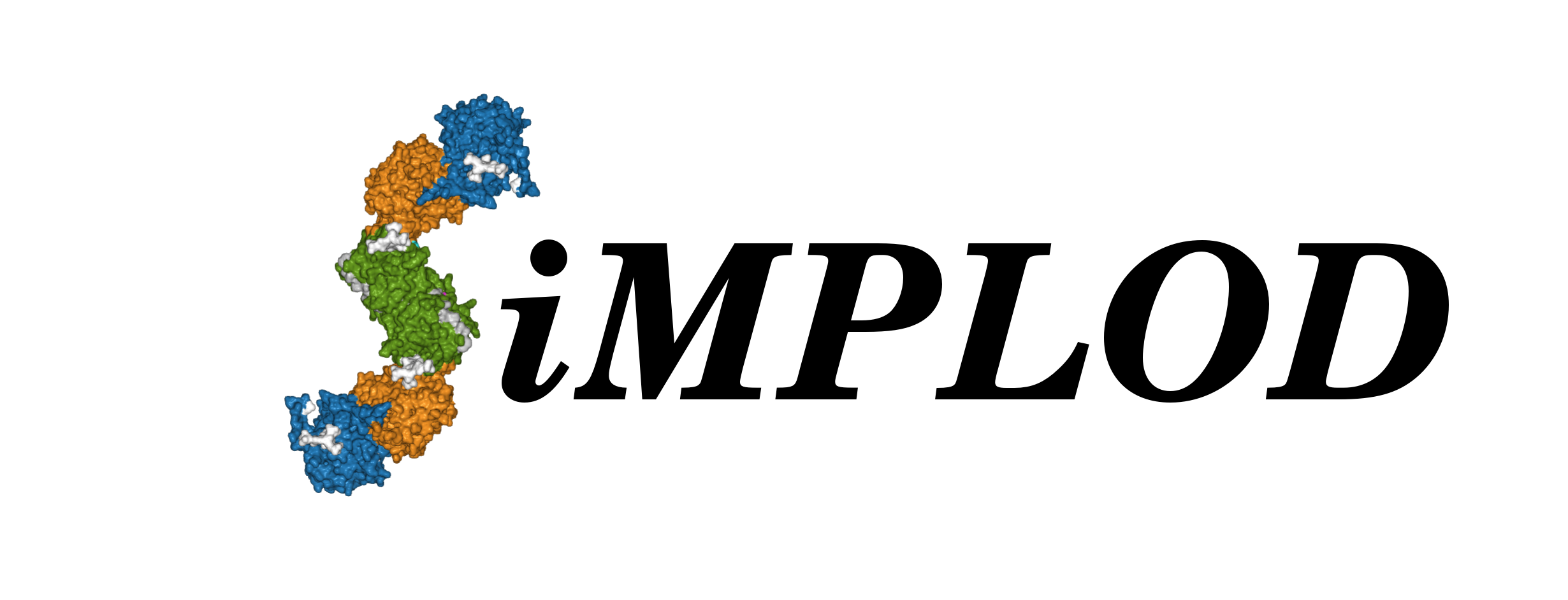 About
Contact
References
Structures
Adv. Search
Stats
Demo
About
Contact
References
Structures
Adv. Search
Stats
Demo
| LH2a ARG380CYS (LH2a) - ARG380CYS (LH2b) | ||
| SiMPLOD ID |
SiMPLOD2-228 | |
| Isoenzyme |
Lysyl Hydroxylase 2a (human) - UniProt - Full Info | |
| Nucleotide mutation |
PLOD2 NM_000935.2:c.1138C>T - NCBI RefSeq NCBI SNP: rs376005437 |
|
| Mutation type |
Pathogenic | |
| Disease Phenotype |
Bruck Syndrome (Type II) Link1 Link2 | |
| Clinical Databases |
OMIM: 609220 Orphanet: ORPHA:2771 ICD-10: M21.8 MeSH: C537407 | |
| Evidence at protein level |
This variant MAY EXIST at the protein level, although no experimental evidence is currently available to support its existence. | References |
Lv et al., 2018 - DOI - PubMed | Notes from publications |
Lv et al. identified the missense mutation c.1138C>T (Arg380Cys) in PLOD2 in two unrelated Chinese patients with Bruck Syndrome. Clinical features of the patient are presented. This PLOD2 mutation is absent from the healthy controls and did not match polymorphisms. |
| Related Entries |
SiMPLOD1-37: LH1 ARG370ARG (Likely benign) SiMPLOD1-72: LH1 delta368-372 (Pathogenic) SiMPLOD1-134: LH1 dupl326-585;TYR455THRFS (Pathogenic) SiMPLOD1-320: LH1 delta367-443 (Pathogenic) SiMPLOD1-816: LH1 ARG370GLN (SNP) SiMPLOD1-817: LH1 ARG370LEU (SNP) SiMPLOD1-920: LH1 ARG370TRP (Uncertain significance) SiMPLOD2-1105: LH2a ARG380LEU (SNP) SiMPLOD2-1141: LH2a ARG380HIS (SNP) SiMPLOD3-441: LH3 ARG380GLN (SNP) | |
| Last Update |
2021-06-23 08:38:51 | |
|
The three-dimensional visualization is currently based on the homology model of full-length, dimeric human LH2a (generated using the crystal structure of full-length human LH3 as template). You may select a different PDB model file to visualize the mutation(s) using the drop-down menu below (page will refresh): |
||
Thank you for using SiMPLOD - Created by Fornerislab@UniPV Follow @Fornerislab - Last curated update: 1970-01-01 00:00:00
We truly hate messages and disclaimers about cookies and tracking of personal info. But don't worry, we don't use any.